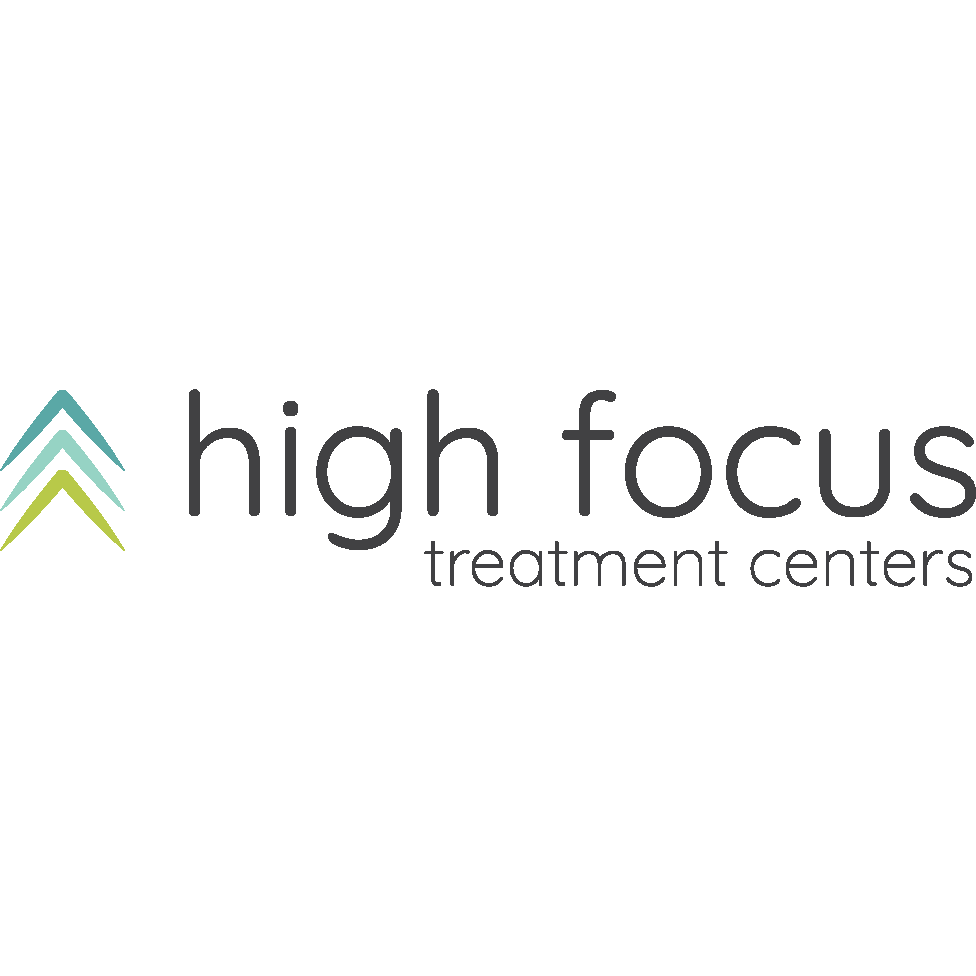
Biofeedback is a form of therapy that is widely used among both medical and mental health practitioners to help patients manage various conditions. This therapeutic technique has been used to help patients with anxiety, sleep disorders, chronic pain and much more. Biofeedback therapy has been shown to deliver promising results in addiction treatment.
What Is Biofeedback?
Biofeedback therapy is the process of monitoring and obtaining feedback on various body functions and then using this information to make positive changes in the body. 1 In a typical biofeedback session, you’re connected to a set of electrical sensors that help collect information about the body’s activity.
Using this feedback, you can learn to recognize and control certain body functions and achieve the results you seek. For example, when you learn to recognize that your heart rate is higher than usual, you would know that it’s a good time to perform some stress-reduction techniques until your heart rate slows down to normal levels.
Types of Biofeedback
A variety of biofeedback methods are used to treat different conditions and meet different goals. Some commonly used biofeedback techniques include:
- Neurofeedback: This form of biofeedback uses sensors on the scalp to monitor brainwaves. It is frequently used in the treatment of ADHD, seizure disorders, sleep disturbances and addiction recovery.
- Electromyography:This biofeedback technique monitors and provides data on muscle tension. It is effective in treating anxiety, incontinence and chronic pain, and it can also help retrain muscles following an injury.
- Electrodermal: Also known as galvanic skin response training, this biofeedback technique measures perspiration. Sweating often accompanies stress, so this technique can be helpful in treating anxiety.
- Thermal: Thermal biofeedback uses sensors attached to the fingers or feet to monitor the skin’s temperature. Stress can lower body temperature, so this form of biofeedback can be helpful for stress reduction. This technique is also used to treat headaches and Raynaud’s disease.
- Heart rate: Measuring and learning to control your heart rate can be used to manage stress, anxiety, heart rate and even chronic obstructive pulmonary disease.
Benefits of Biofeedback Therapy in Addiction Treatment
Addiction is a chronic disease of the brain, so it’s not surprising that neurofeedback, which monitors brainwave activity, has shown promising results in addiction treatment. Many people who battle addiction also struggle with issues such as anxiety, depression and trauma. These underlying issues fuel the cycle of addiction and increase the risk of relapse during recovery.
Neurofeedback helps clients tackle these issues and can significantly reduce the risk of relapse; it can also help clients improve their ability to focus, which is a critical skill during treatment and early recovery.
A study published in the American Journal of Drug and Alcohol Abuse tracked a group of participants who received neurofeedback in addition to a 12-step program, along with another group who did not receive neurofeedback. Over 77 percent of the neurofeedback group remained abstinent a year later, compared to only 44 percent of the control group. 2
More and more addiction treatment centers have begun offering biofeedback therapy as a complementary therapy. Used in conjunction with traditional treatment methods, biofeedback can play a valuable role in the treatment of addiction. When you understand how your body and mind are affected by addiction and you learn how to control some of those effects, you’ll have an easier time taking charge of your recovery.






